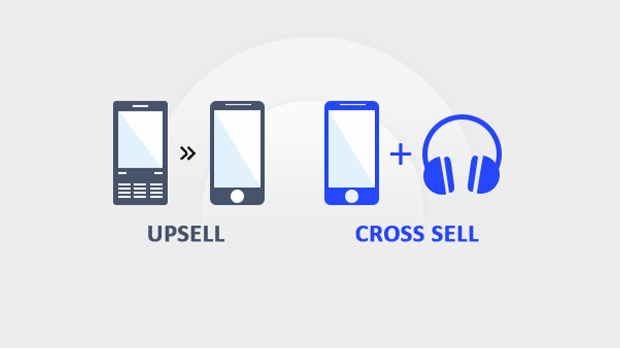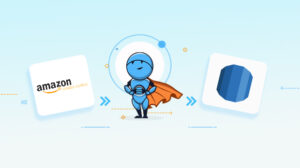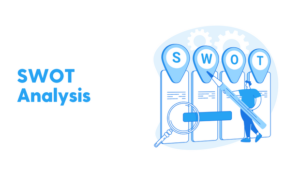Do you want to acquire new customers or retain older ones? Then cross-selling is for you. Read on to find out what it is. And learn how you can successfully cross-sell your products to customers.
What is Cross-selling?
Cross-selling is also known as Attachment selling. It is a process in which a company’s marketing team tries to sell a related product with the primary or main product. This process helps to acquire and retain customers. Cross-selling is different from Upselling which lets customers upgrade their current product to a better version of the same product with more benefits.
Real-Life Use Case of Cross-Selling

According to the diagram, a bank offers several facilities like credit or debit cards, net banking, and mobile banking, among other services. Next, the bank staff will endorse all the related products to the new customers. It is a marketing method to influence customers to buy related items that they will ultimately need afterward.
For example, a customer cannot visit the bank every time for money transactions, therefore, he will need online banking facilities at various places. Similarly, credit or debit cards are really essential in today’s time. Also, there are customers who want SMS alerts about every transaction that they make.
Therefore, it is vital on the bank’s part to endorse the related items while selling the primary product. Banks usually sell the related products or services for a nominal fee.
How to cross-sell your products?
To increase cross-selling of products, let’s look at the following steps below:
- Companies must understand the needs of a customer. Somebody purchasing a laptop may also like buying related accessories like a laptop bag.
- It is essential to show the related products smartly. For example, if a customer buys a formal shirt from an online website, he may also be interested in purchasing formal trousers, a tie, or a belt. So, these related products must show on the portal simultaneously to draw the customer’s attention.
- Discounts and offers play a significant role to convert a potential customer into a buyer. Especially during festive seasons, sellers offer several discounts to customers.
- It is important to remind customers about the primary products and the related items by displaying them on the online portal from time to time.
- If the store is offline, it is essential to ask the customer “if they NEED anything else”. It is one way of influencing a customer while practicing cross-selling strategy.
Conclusion
Cross-selling is the process of selling related items with the main item. For example, urging a customer to buy a fancy laptop bag with the laptop. Cross-selling is different from upselling which upgrades the main product to retain customers. Both the selling methods are used for acquiring and retaining customers. You can adapt several cross-selling steps to enhance your business. The steps are
- Understand what related products a customer may need with the primary product.
- Keep showing the related products on your website when a customer searches for a specific item.
- Try to provide offers and discounts to customers, especially during festive seasons.
- Keep reminding customers about related products from time to time.
- Brick and Mortar store sellers can practice the fourth step by asking customers “if they need anything else with the product”.
To know more about marketing, click Here to Know More.













